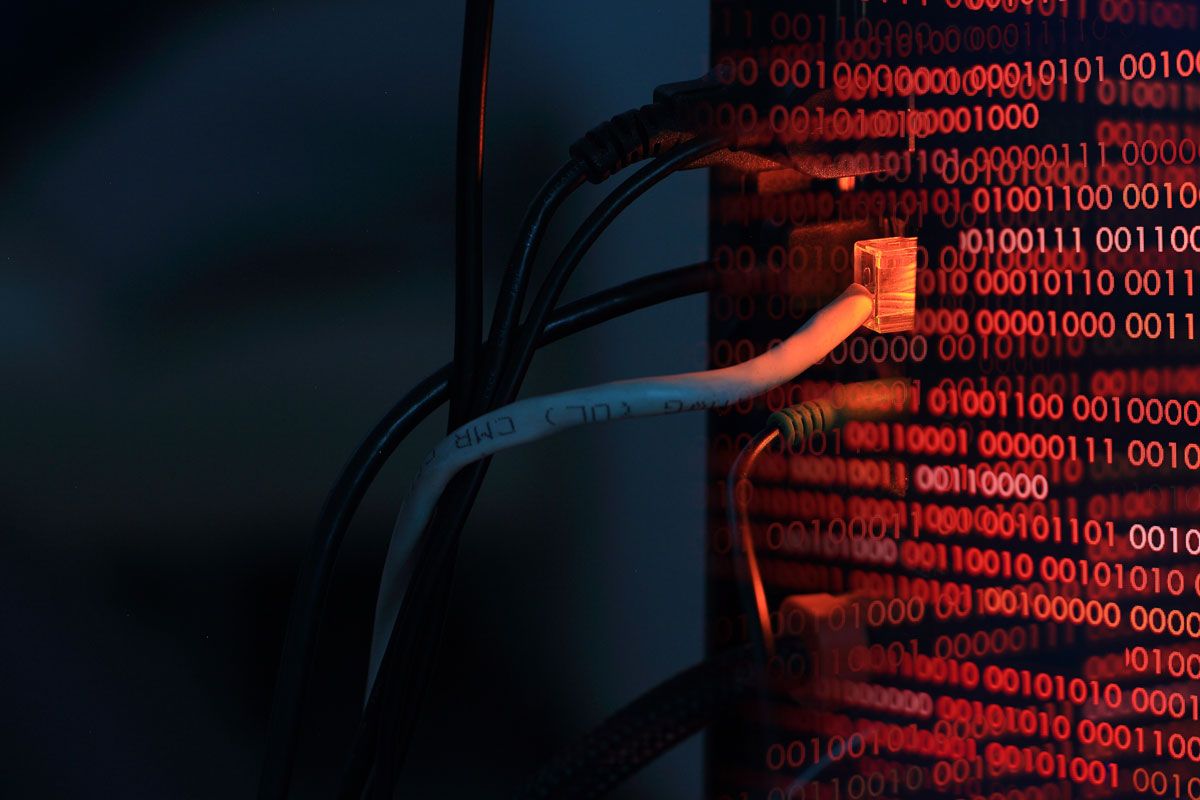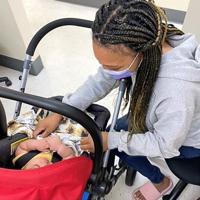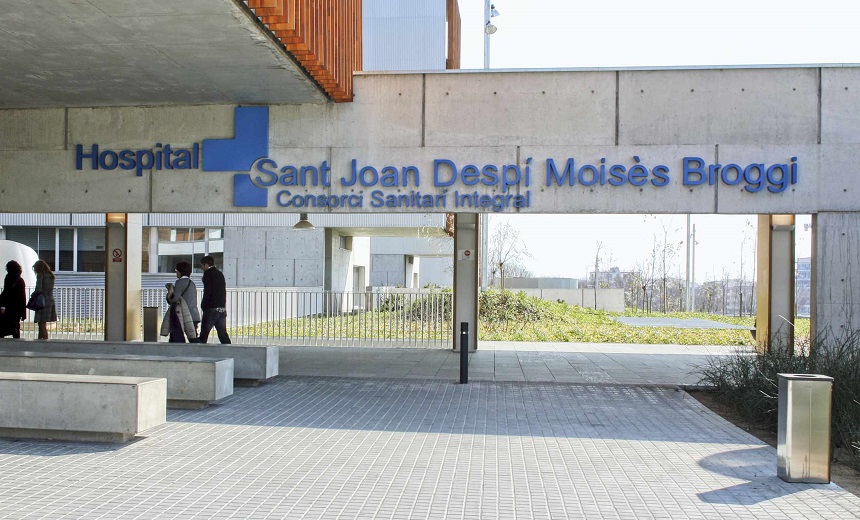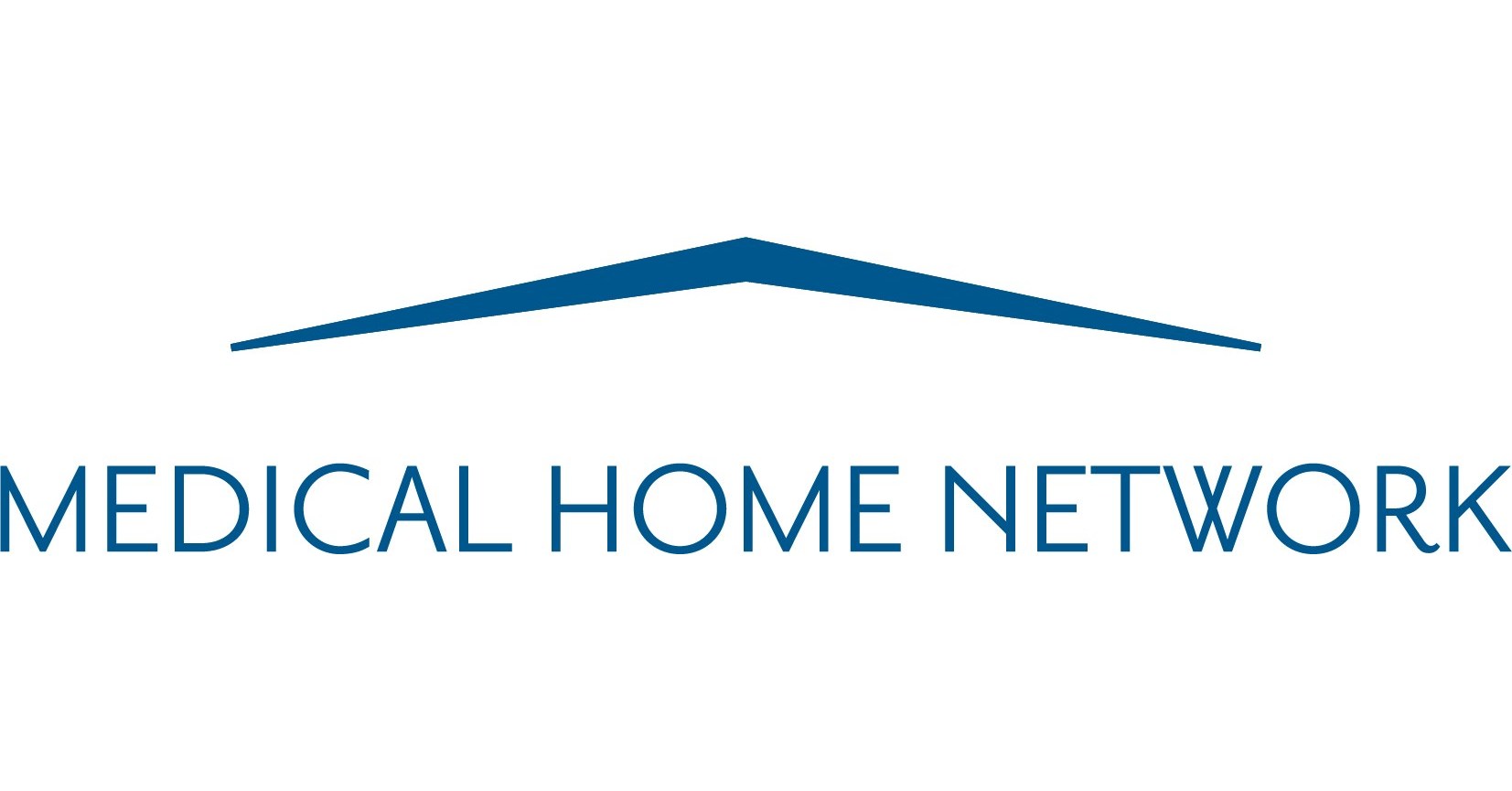COVID-19 vaccine reimbursement delays impact on community health centers

The budget deficit translates into worrying problems for safety nets and community health centers.
During the various phases of COVID, safety net clinics have intensified; community health centers, federally approved health centers (FQHC) and clinics provided the first and second doses of the vaccine to patients. Additional unused doses were often made available to the public rather than wasted. However, it appears that public health has once again got the small end of the reimbursement stick. Tens of millions of dollars, at a minimum, are owed to clinics for vaccines provided since the vaccines received emergency clearance.
The clinics are in trouble; reimbursement for more than one million COVID-19 vaccines is due in California alone. Countless other states have also filed their requests. Part of the struggle is due to Medicaid’s complex reimbursement systems for FQHCs. Under federal law, these health centers receive a flat rate for patient visits, each of which can cost more than $ 500 or more, including practitioner assessment and intervention, laboratory work and other diagnoses. Many state Medicaid agencies have indicated that if patients receive their COVID vaccine along with other care, the cost of the clinic to administer the vaccine is covered as part of its regular payment rate.
However, greater losses were incurred when vaccination was the only service provided, as in the case of a mass vaccination clinic. Some states have tried billing Medicaid separately for dosages, such as the $ 40 per injection tariff billed under Medicare. However, the wait for reimbursement has been excessive, linked to the inability of the Centers for Medicare & Medicaid Services (CMS) to finalize a payment formula for exactly how much it costs a clinic to give a shot. It’s no surprise that costs vary from state to state, contributing to delays and confusion: Michigan is just below the $ 40 mark, but California has offered a rate of $ 67.
Larger factors are involved for community health centers. In many cases, additional staff for supplies, immunization clinics and dosing were covered by grants, which are now exhausted. A high percentage of the population served by these centers does not have health insurance; more than half of half of the injections were given to the community without collecting insurance information.
States are stepping up their efforts to provide payment proposals, even as they continue to play “hurry and wait”. The question remains, how long can they still play? The American Rescue Plan Act provided $ 7.6 billion to clinics for vaccination, testing, and treatment for covid, but that failed to cover all the efforts of frontline clinics. Many have used small business loans, as well as public funds, to keep their businesses going.
Meanwhile, the budget deficit translates into worrying issues for the safety net and community health centers, such as overall service and treatment delays, staff retention and other barriers to delivering care. preventive and ongoing. These issues threaten the safety net upon which much of the population relies, especially healthcare organizations. Our most recent Monitor Mondays survey focused on the number of hospitals or agencies that refer their patients to welfare clinics or community health centers, and the quick answer is “a lot”; the full survey results appear here.





